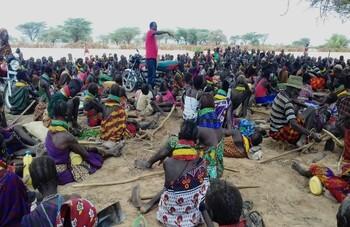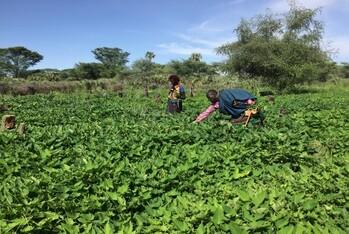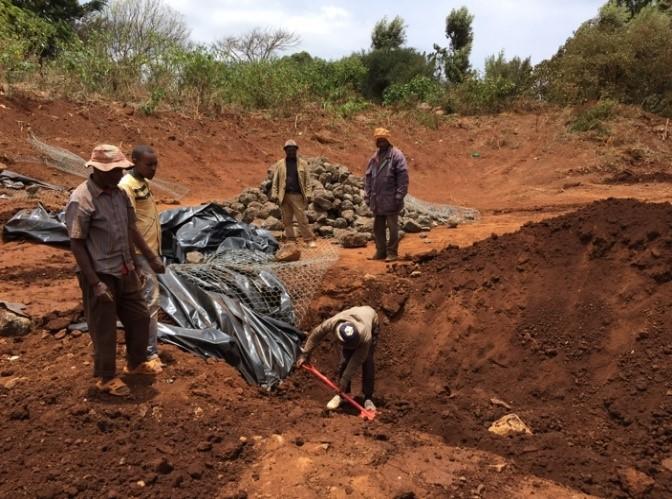Context
Around one third of the Kenyan population lives in arid or semi-arid regions, which cover 80 per cent of the country. The majority of inhabitants in the north are pastoralists who keep their livestock on sparsely covered grassland. They therefore depend heavily on the availability of grazing land and water. However, unsustainable agricultural practices and the impacts of climate change have increased the pressure on local ecosystems. Young people migrate to urban regions in search of employment. Droughts occur at increasingly short intervals.
State-run services experience difficulties in reaching the communities in the north of the country owing to the low population density and limited institutional capacities. Until now, catastrophic droughts have mostly been combated with ad hoc emergency measures. The Kenyan Government’s objective is to replace the existing emergency aid system with a sustainable, long-term strategy to prevent the negative impacts of droughts.
The key institutions and authorities that are responsible for Kenya’s agricultural development were only created in 2013 as part of the country’s decentralisation process. They therefore do not yet have the capacity to promote the sustainable agriculture and rural development required for coping with the droughts in northern Kenya.
Objective
In consultation with other key players, county governments have improved the overall conditions for increasing resilience to drought.


